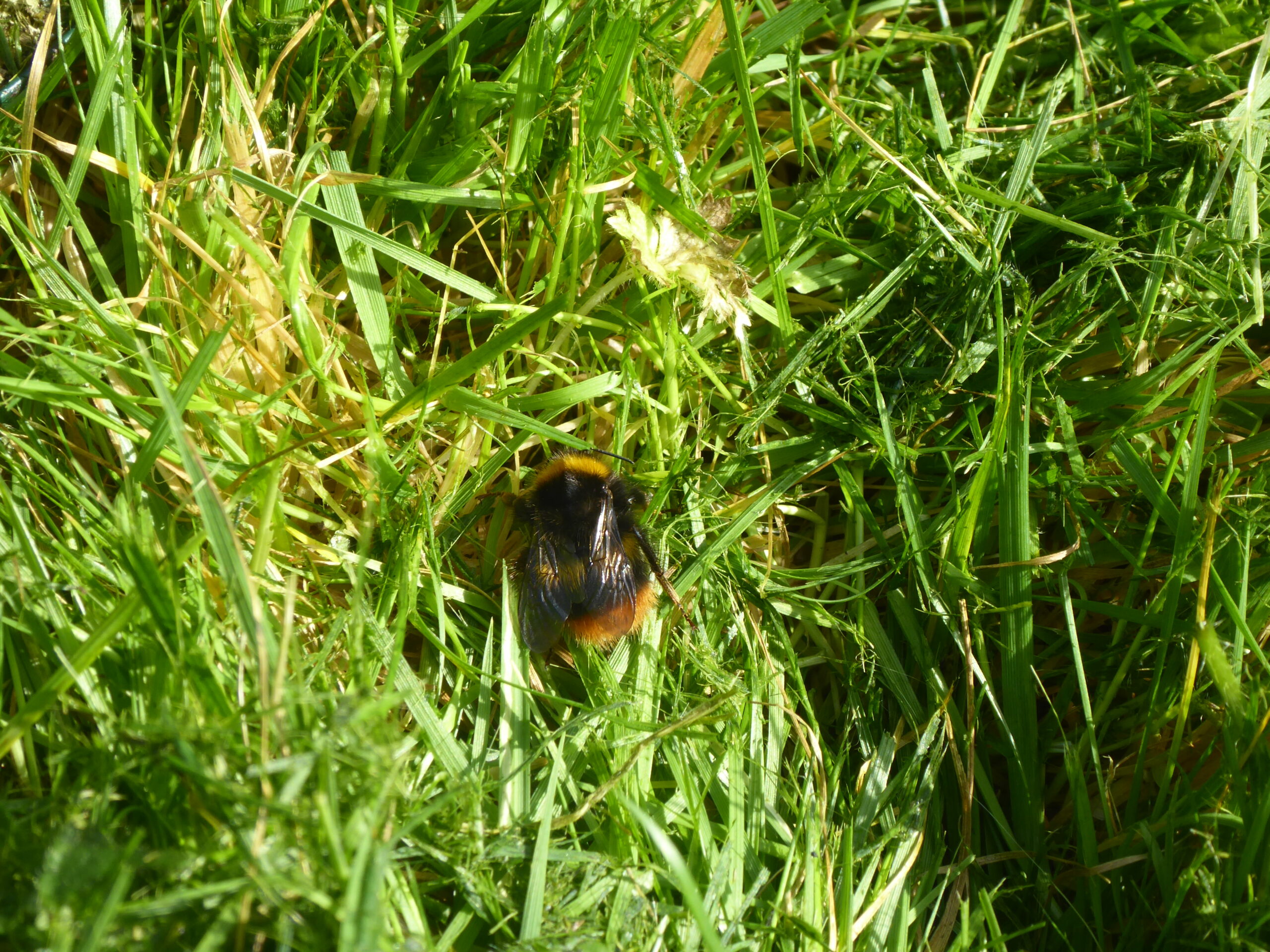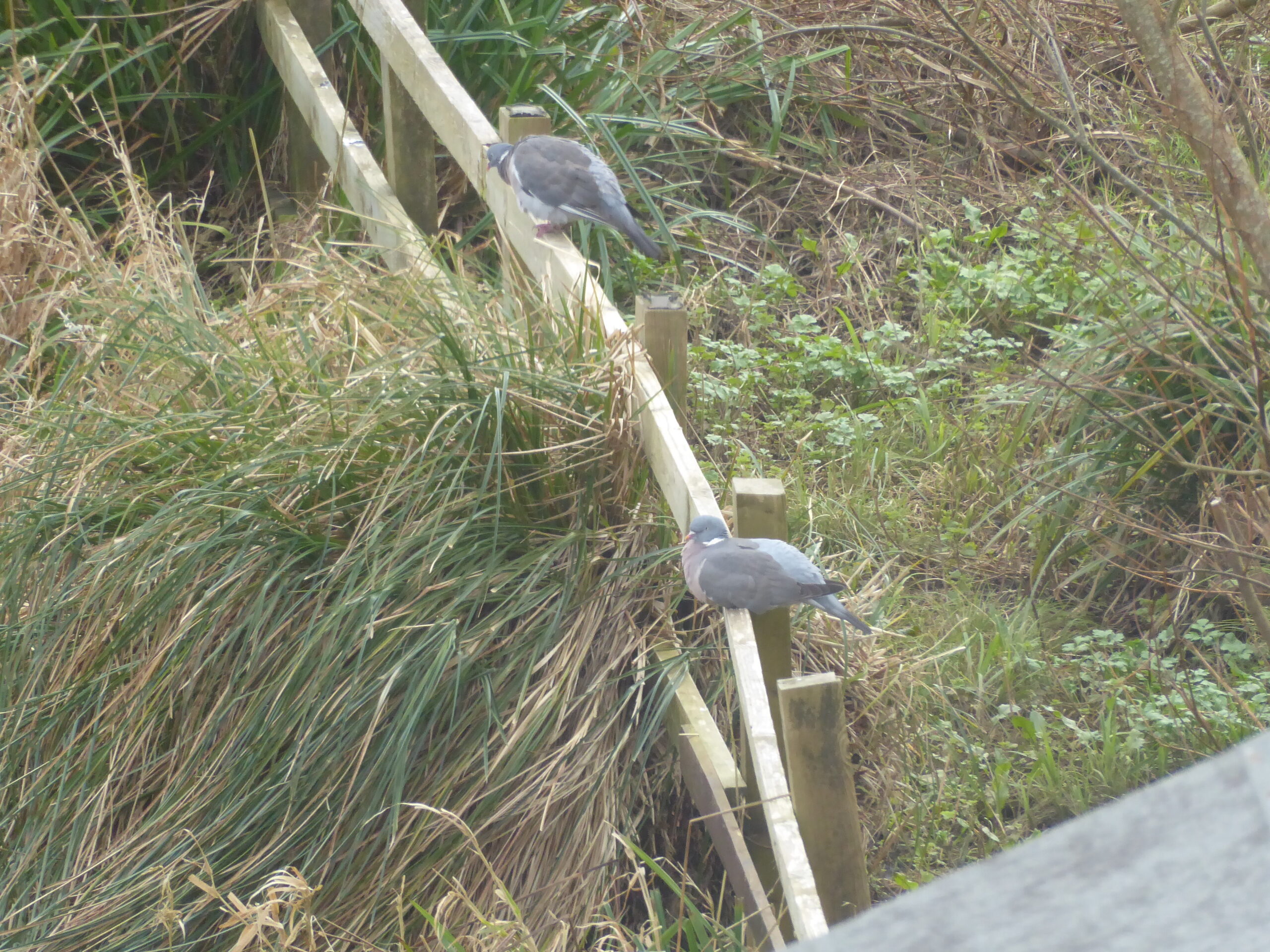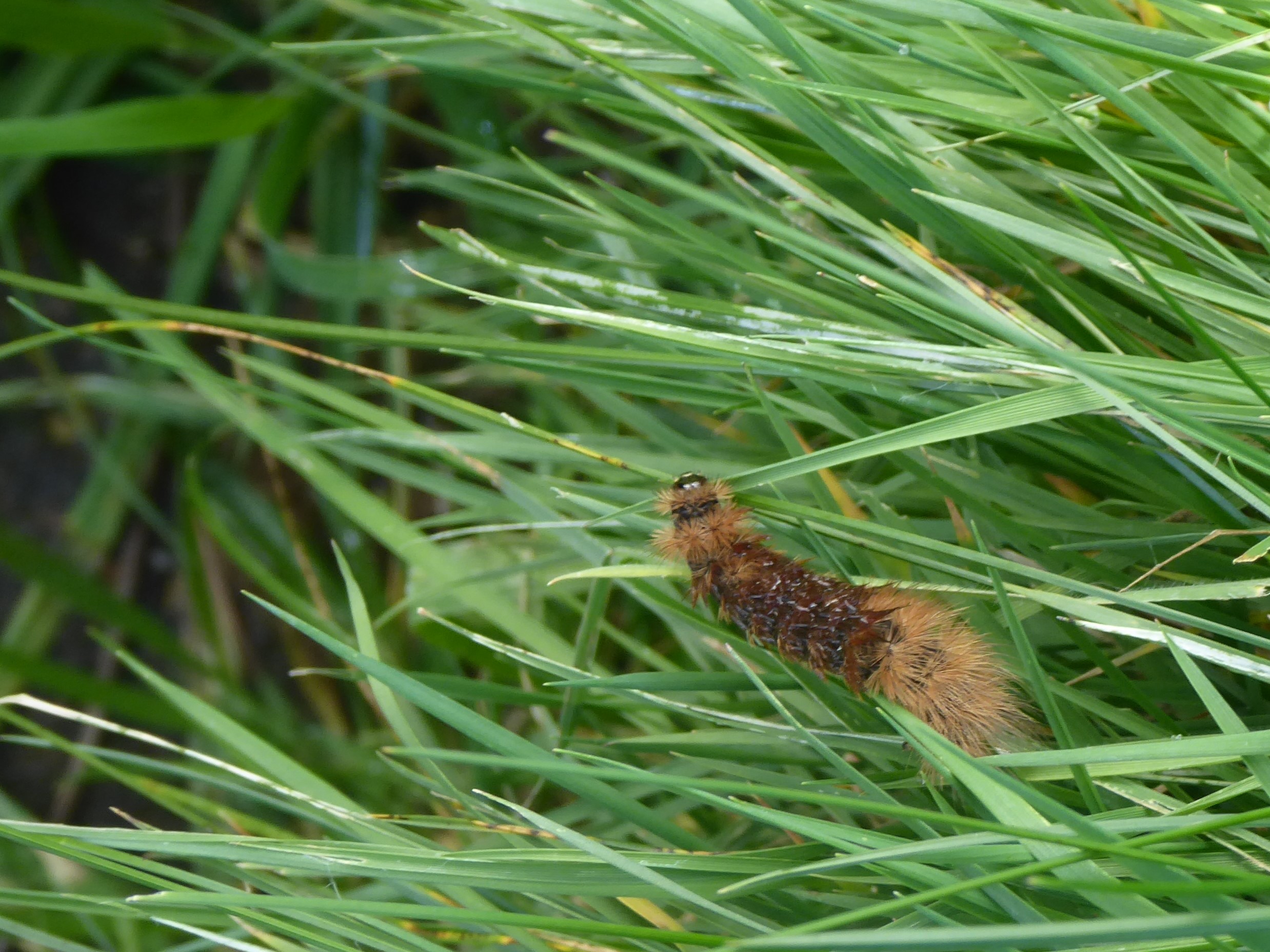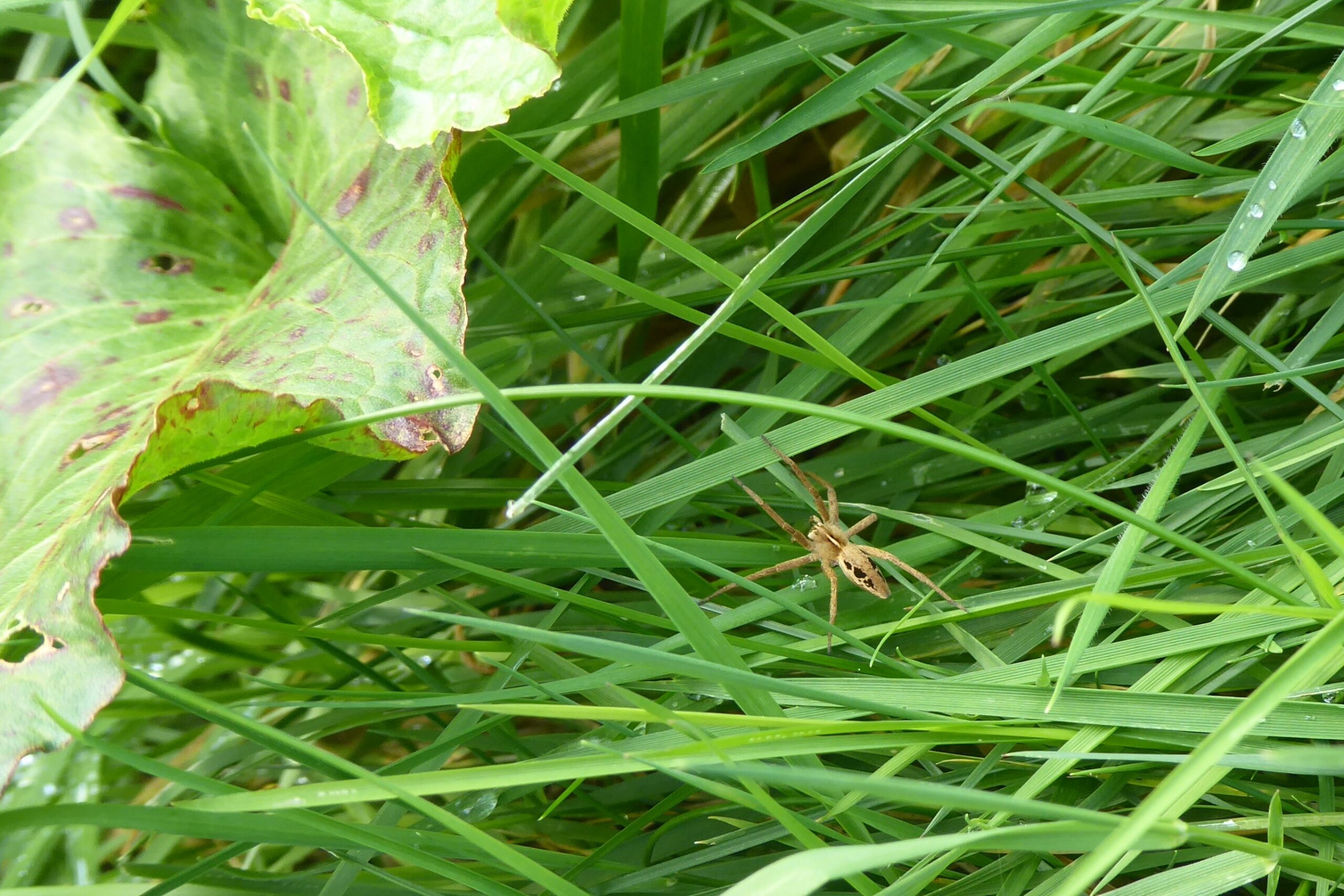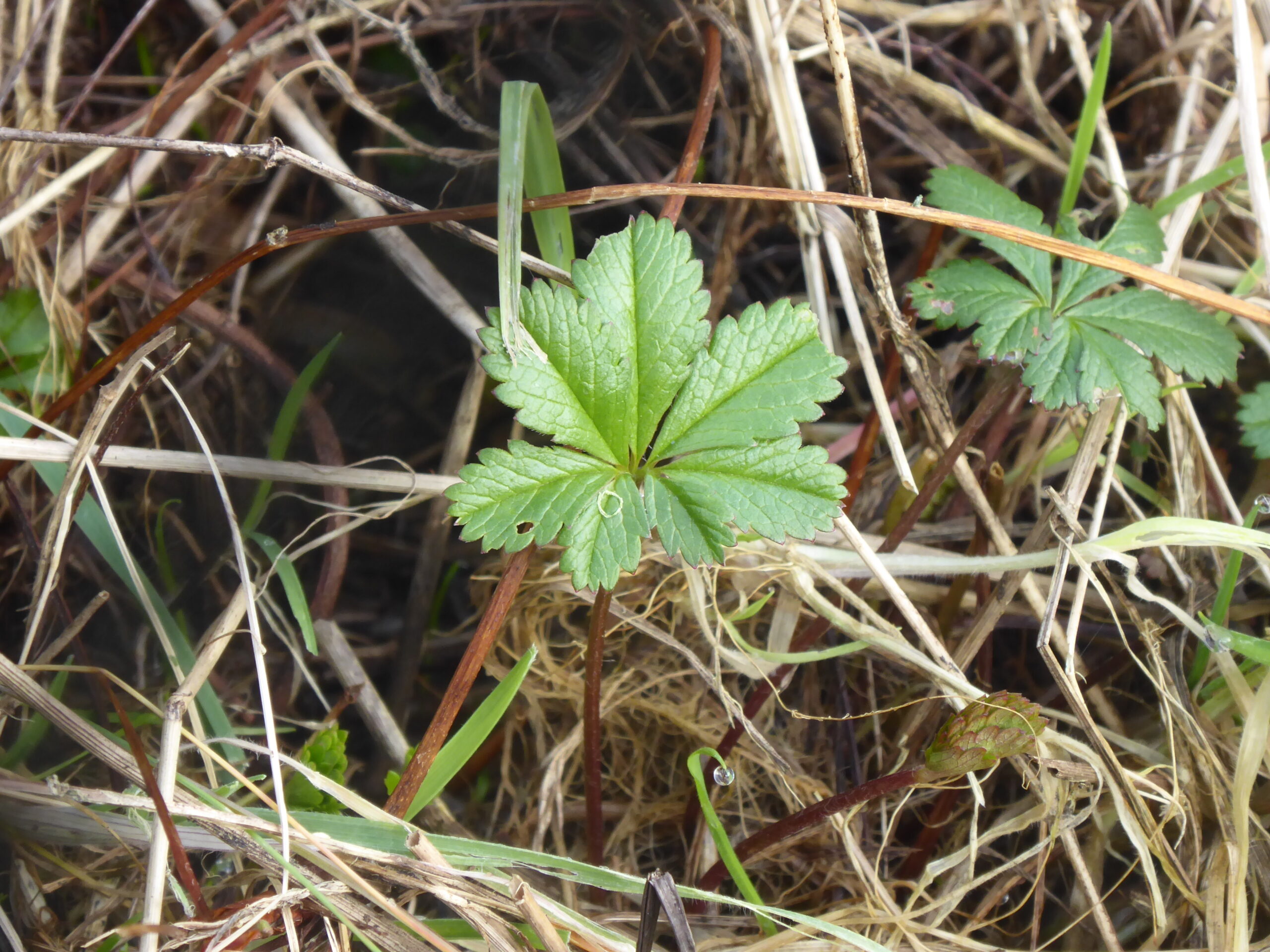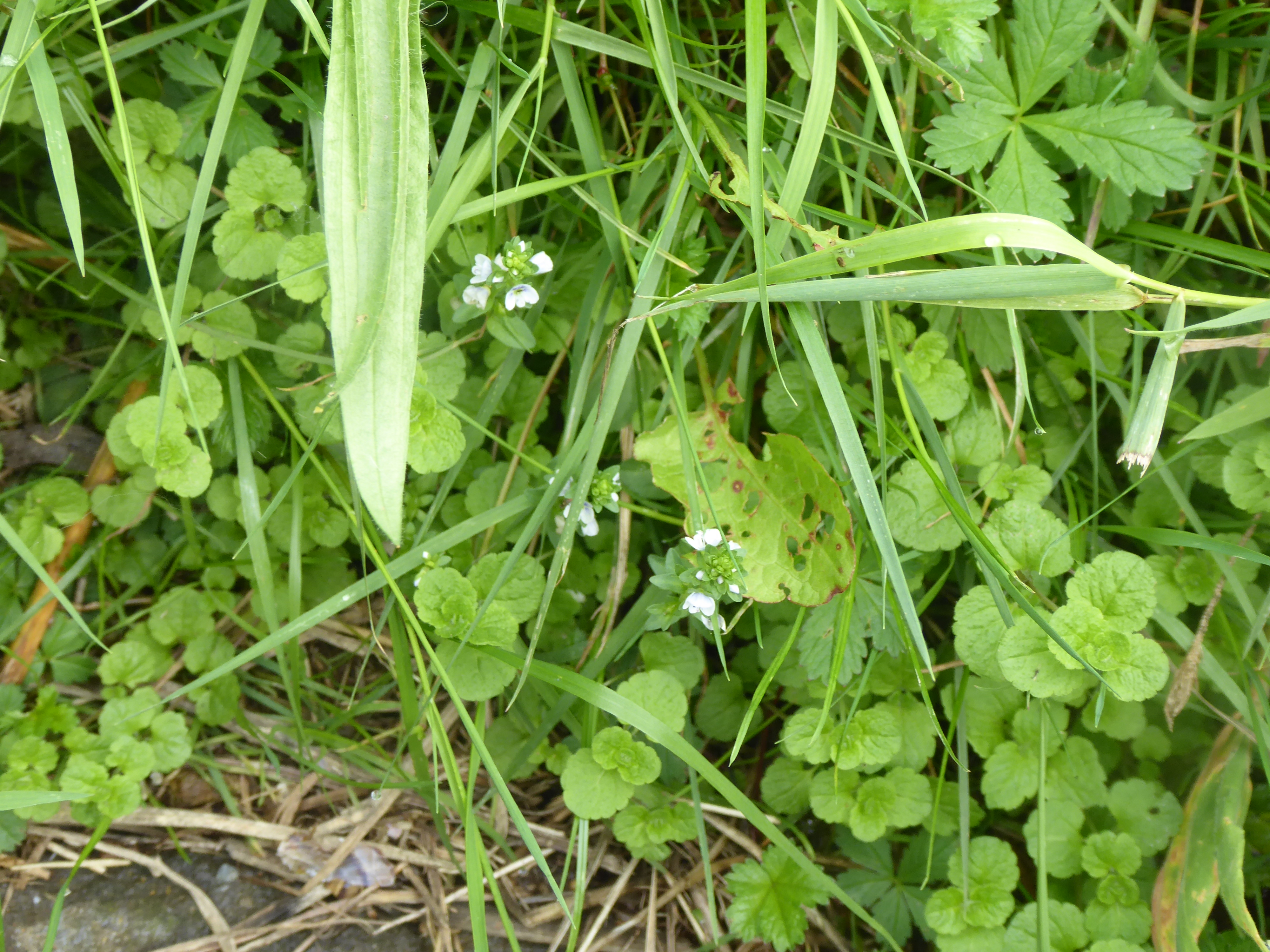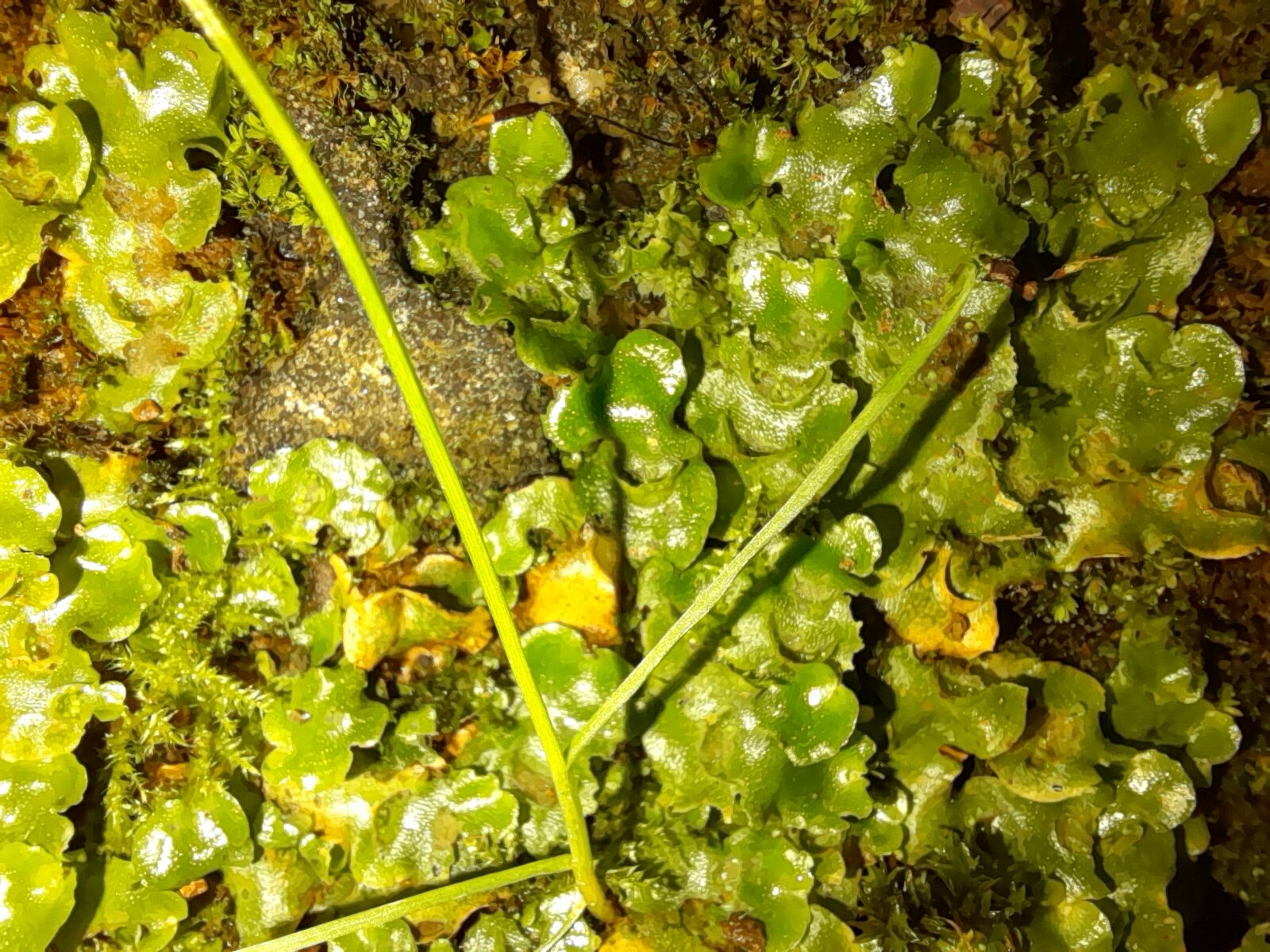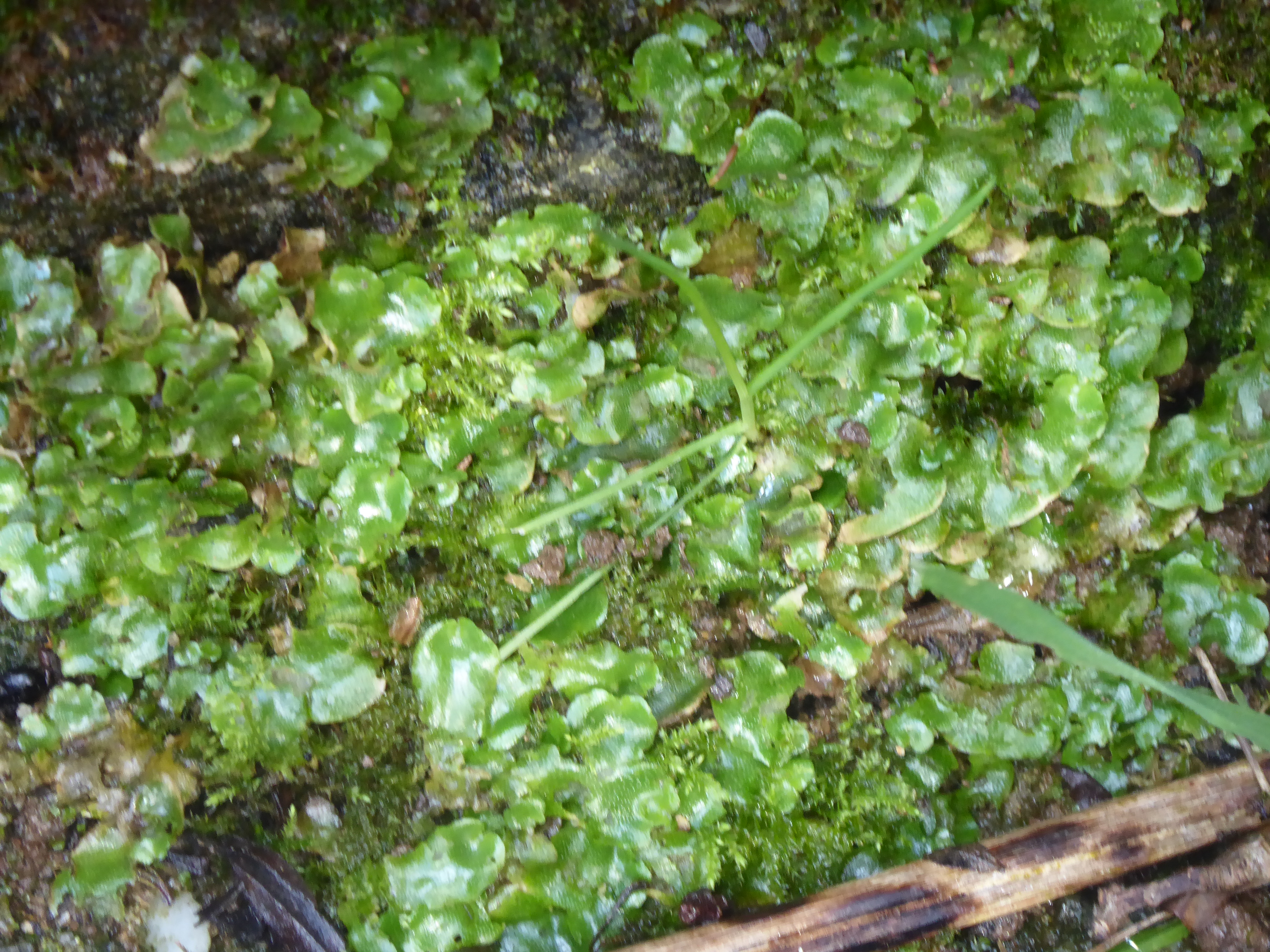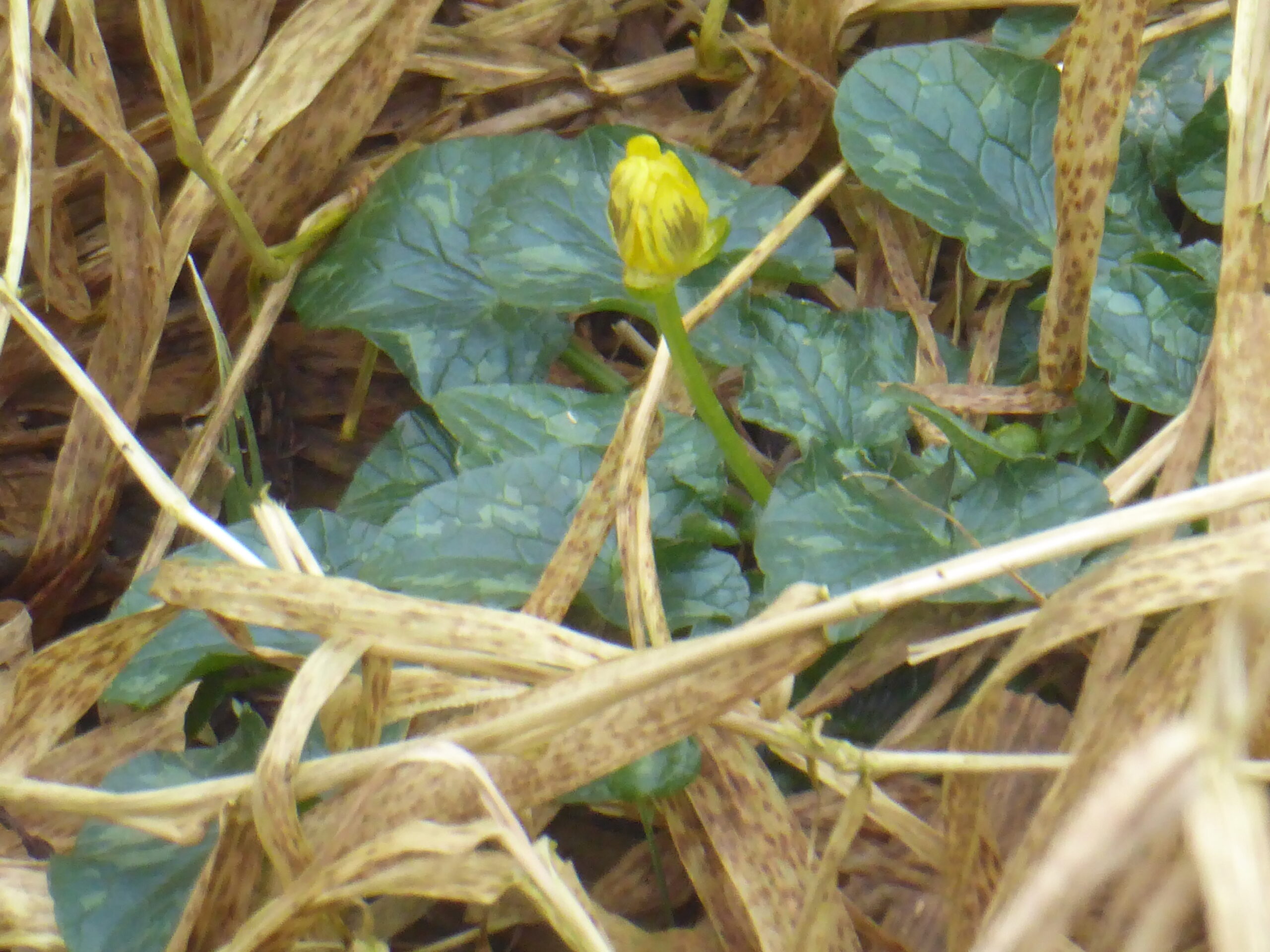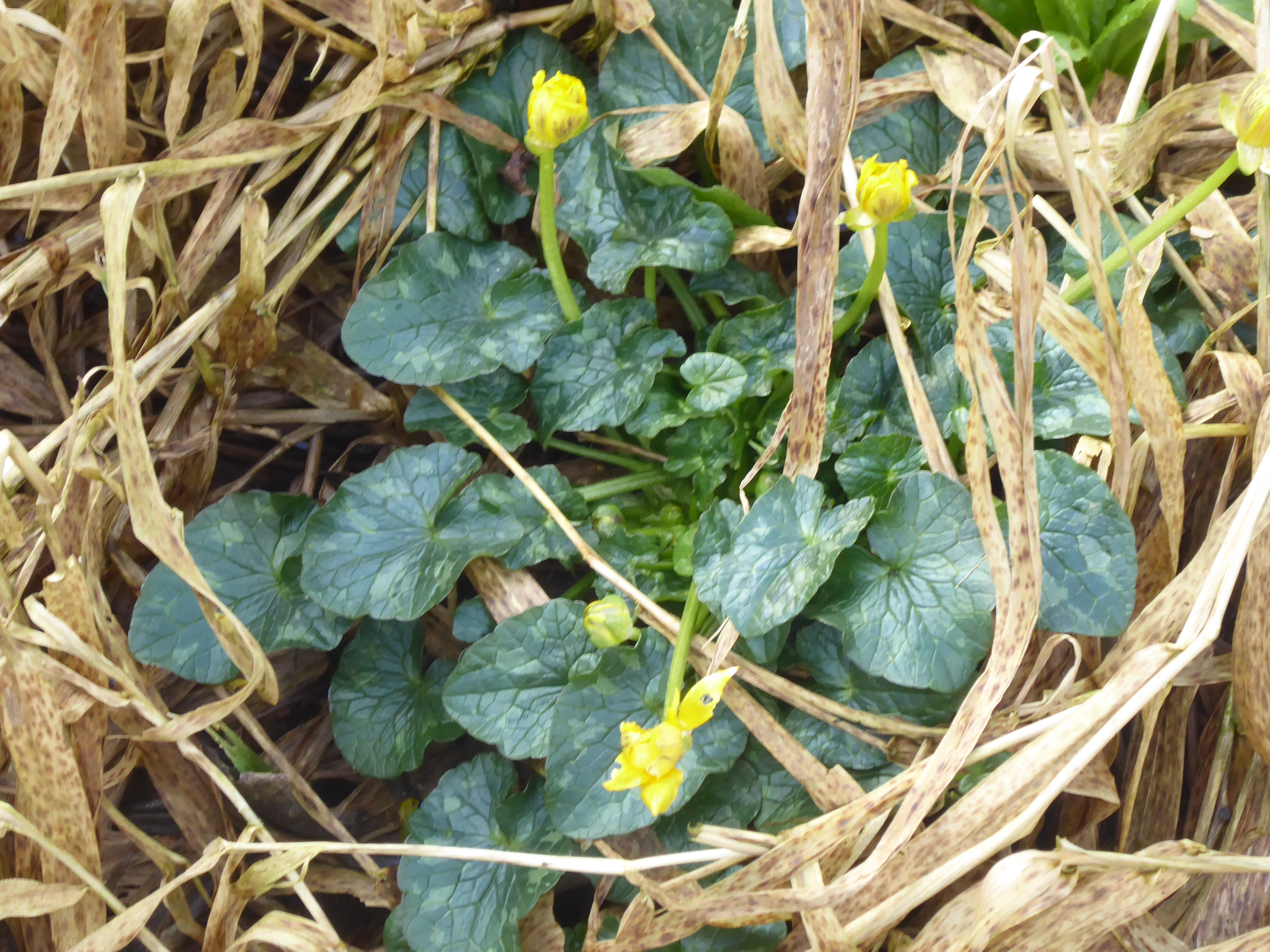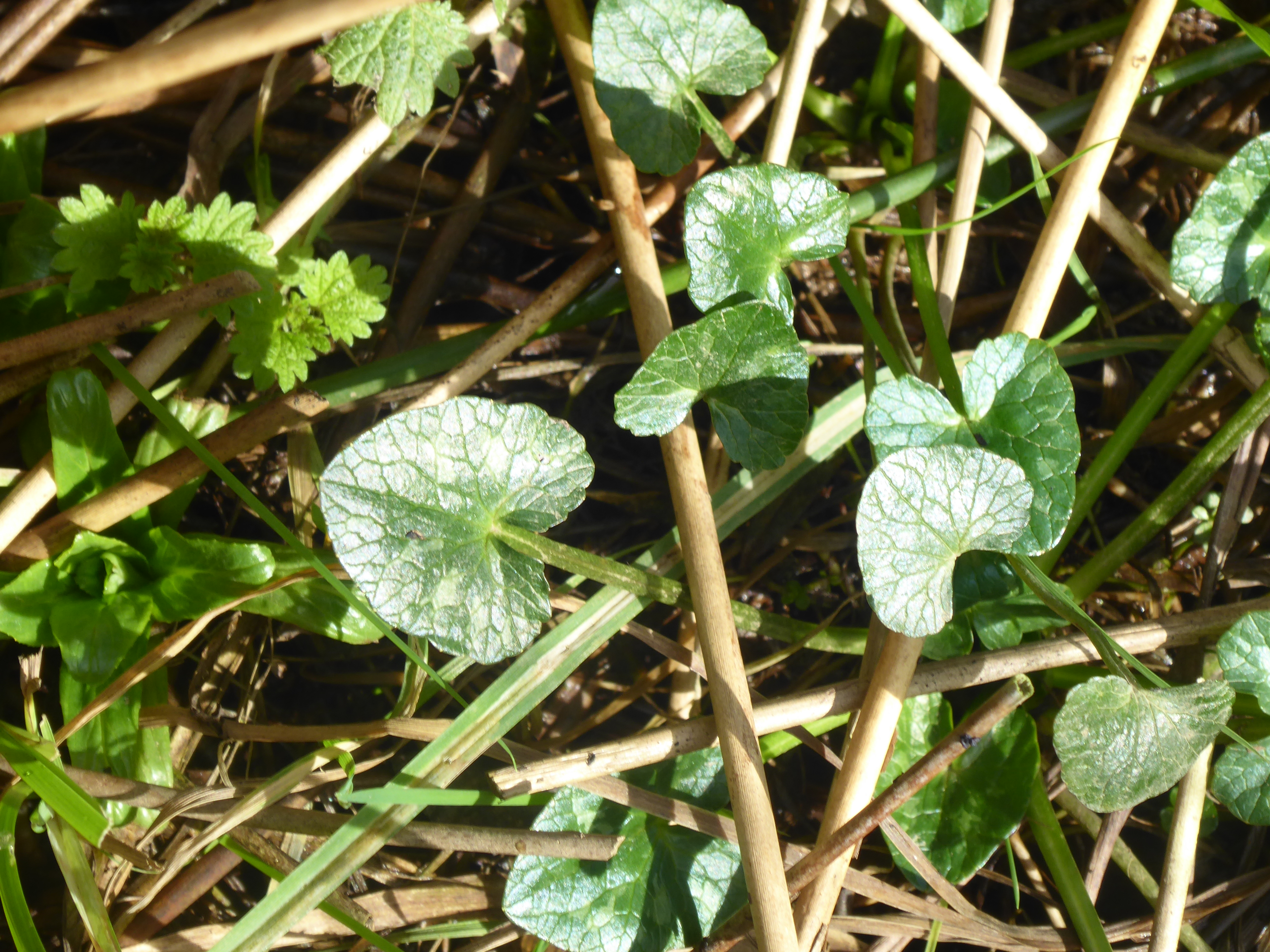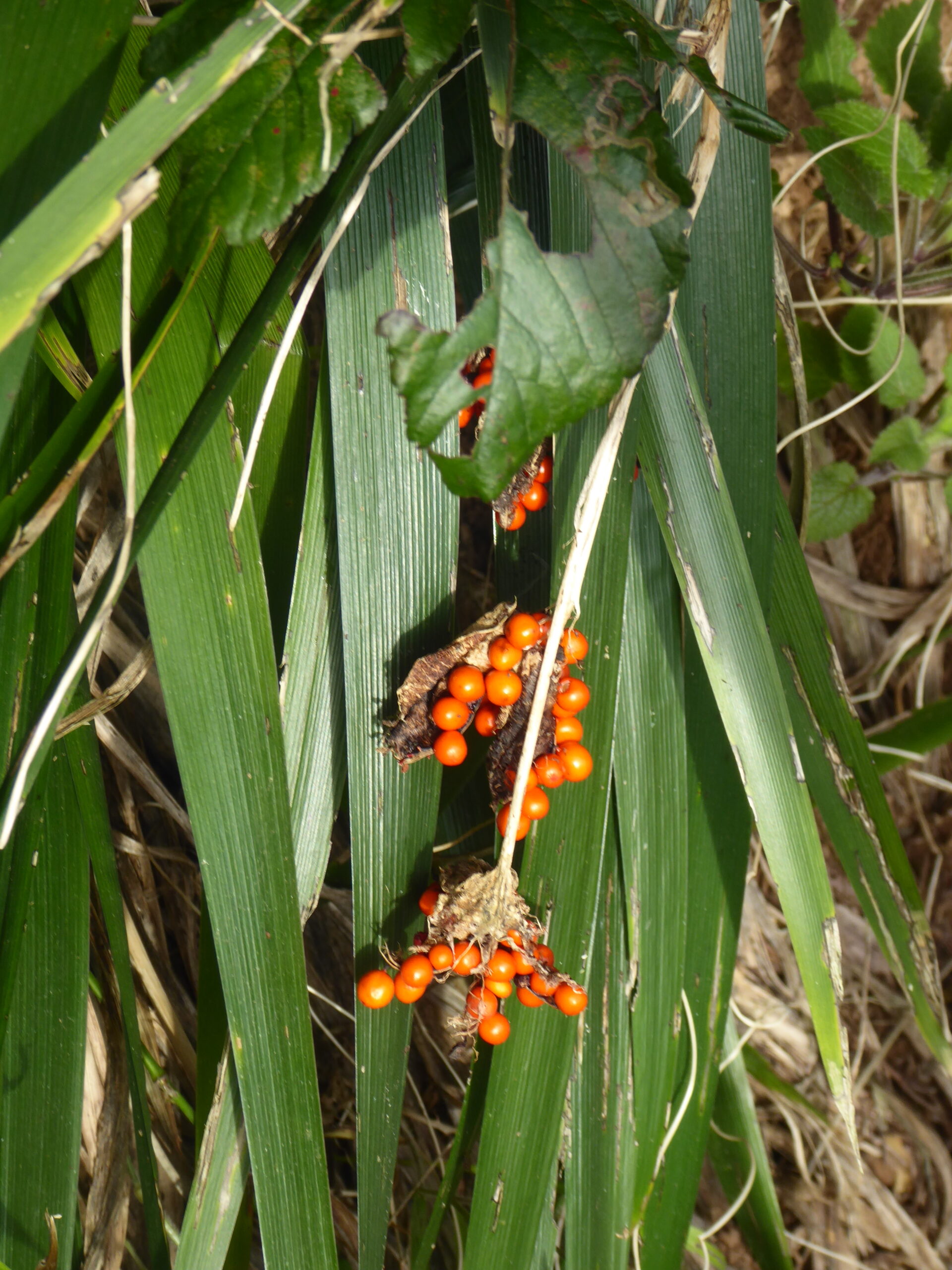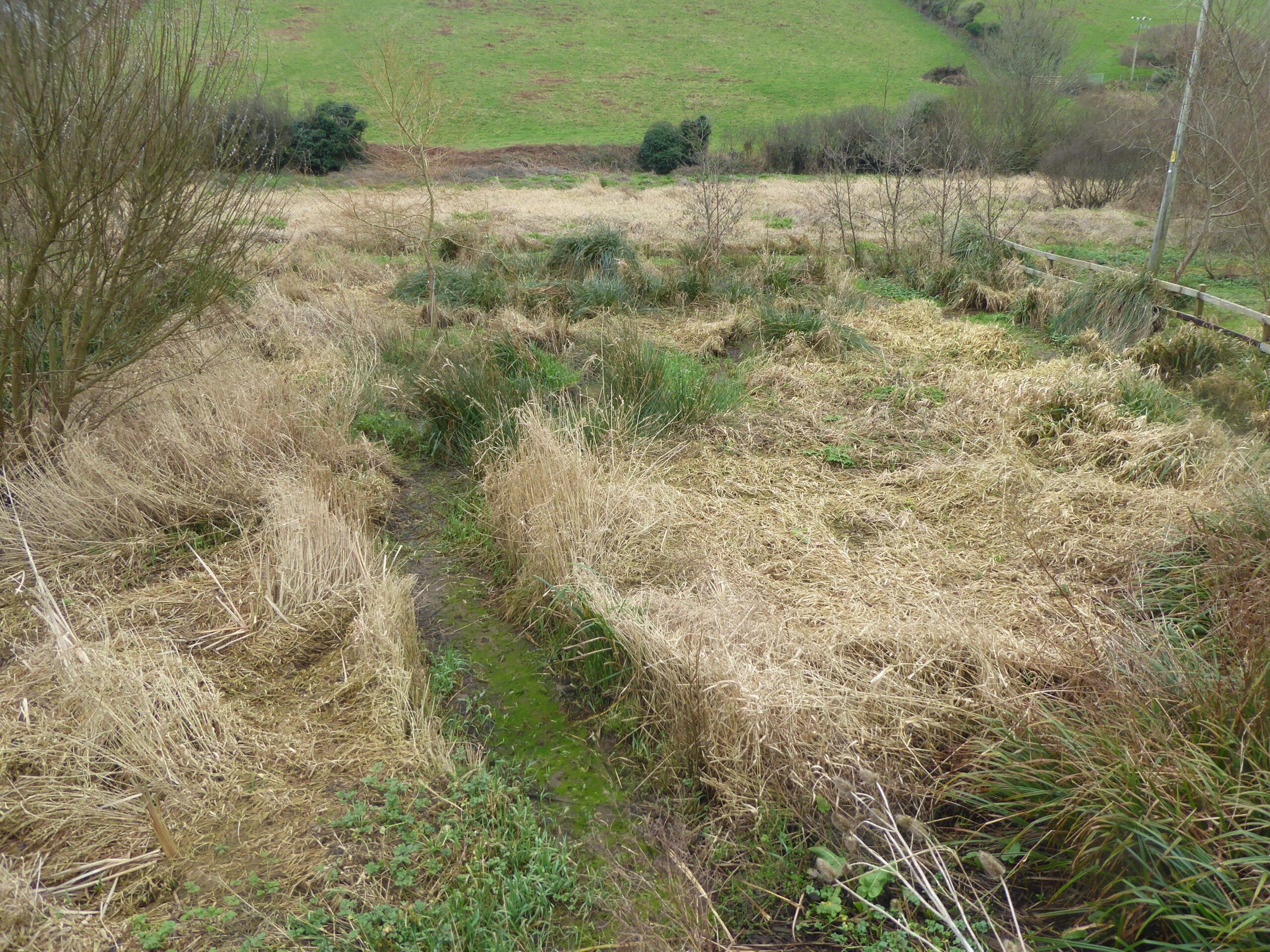I spotted this bee on the grass in a rare patch of sunshine on Monday. I assumed it was a buff-tailed bumblebee because of its orange bottom, but it turns out that buff-tailed bumblebees have a white tail, which I should have remembered from my white-tailed bumblebee post. So, which bees have an orange tail? And stripes? The red-tailed bumblebee is black apart from its tail, so no stripes. The bilberry bumblebee has a fiery red tail but is in decline and prefers higher altitudes.
The Early Bumblebee is described as the only bumblebee to have a truly orange tail. It has two yellow stripes, which in males can be wide enough to cover a good part of its head and upper abdomen. It lives up to its name by waking up early in the year. In fact, new queens do not hibernate at all, but start a nest straight away. This bee likes white clover, lavender, sage, thistles, and flowers in the daisy family. It is quite common and favours flower meadows and cultivated gardens.
